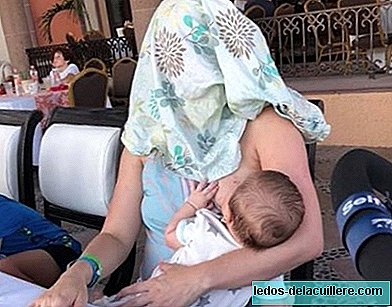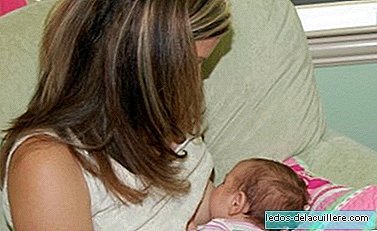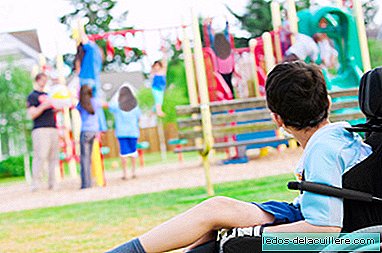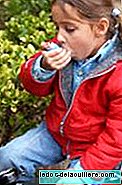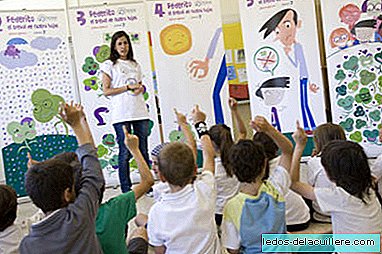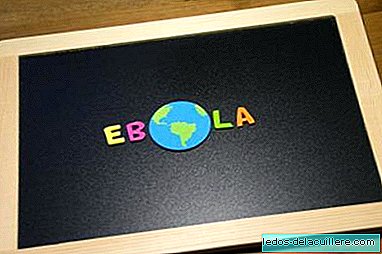
After it seems that Teresa Romero has overcome the Ebola virus, this issue is less present in the media. But medical societies emphasize that it is a worldwide problem that is not solved. In Spain, the Spanish Association of Pediatrics (AEP) has developed a specific protocol to deal with suspected cases of Ebola in children.
And in the case of minors there may be differences with respect to adults. The objective is to inform about the Ebola virus disease in the pediatric population and about the protective measures that pediatricians must carry out during the management of sick, infected or at risk of infection during the investigation period.
The document is titled "Technical consensus report of scientific societies on Ebola virus disease in children" and it has been prepared by the AEP together with five of its integrated scientific societies: Spanish Society of Pediatric Infectology (SEIP), the Spanish Society of Pediatric Emergencies (SEUP), Spanish Society of Pediatric Intensive Care (SECIP), Spanish Association of Pediatrics of Primary Care (AEPap) and Spanish Society of Outpatient Pediatrics and Primary Care (SEPEAP).
Some differences in the symptoms of Ebola in children compared to adults It is that in the small ones the initial symptoms are more nonspecific and although in 87% of the cases there is fever, this is usually associated with asthenia, loss of appetite and cough. Also very frequent are nausea, vomiting, diarrhea at four to five days, and less frequently, irritability, headache, abdominal pain and sore throat. It is also a feature that increases the risk of uncontrolled vomiting in children.
The authors point out that it has been prepared with scientific data referring to outbreaks produced in a very different environment from ours, so it may be necessary to review some aspects of it depending on the behavior of the infection in our environment.
They also point out that the document could be updated according to the evolution of the infection itself, its prevention and treatment, which could lead to changes in performance. Pediatricians' report on Ebola in children It consists of the following main sections:
Approach to Ebola virus disease in children from an infectious aspect.
Attention to children with suspected Ebola virus infection in the Pediatric Emergency.
Attention to children with suspected infection in pediatric intensive care.
Management of children suspected of cases of infection with the Ebola virus by the Primary Care pediatrician and handling of contact cases that are under observation at home.
Directed action in case of Ebola virus investigation in outpatient Primary Care Pediatrics.
We hope that it is not necessary for this protocol to be activated in Spain, but let's not forget that, unfortunately, countries like Guinea, Sierra Leone, Liberia and Nigeria are the order of the day.
The social alarm in our country has dropped, but isn't it alarming that health experts point out that the outbreak is out of control and cases can increase exponentially if no action is taken?
Seen which, it is clear that this document for mainly professional use, to see how to act with children suspected of having Ebola disease, is not more…
Official Site | AEP
Photo | Thinkstock
In Babies and more | Where is the flu?


